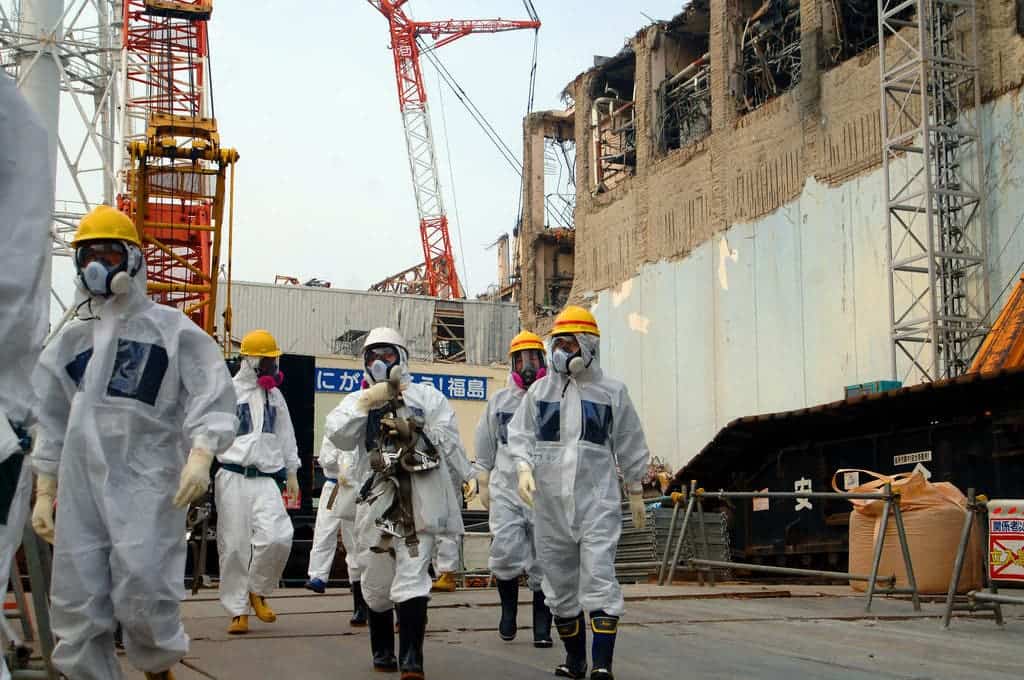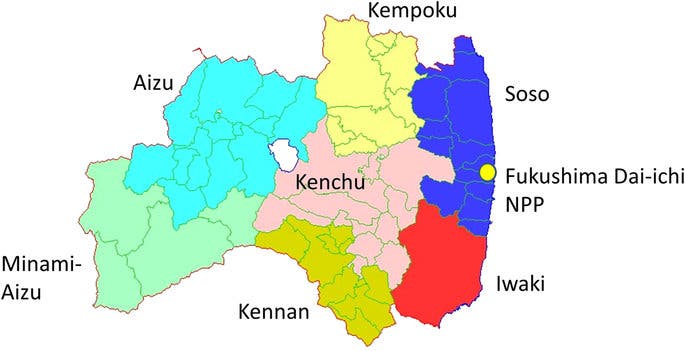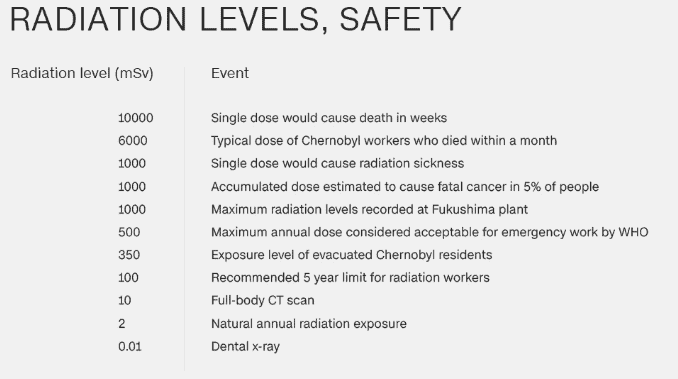In 2011, a devastating 9.1 quake and follow-up tsunami hit the Japanese coast killing 22,000 and causing $300 billion worth of damages. The 30-foot tsunami also hit the Fukushima Daiichi nuclear power plant where six out of the country’s 54 reactors were in operation, causing a meltdown. Hundreds of thousands of people living in the Fukushima prefecture have been evacuated or had chosen to leave their homes and livelihoods behind. A new study suggests that, in some areas of Fukushima at least, radiation levels are within safety levels and people can choose to come back home.

The study was conducted by Makoto Miyazaki, a radiologist at Fukushima Medical University, and Ryugo Hayano, a physicist at the University of Tokyo. The two looked at cesium levels recorded by helicopters which hovered above Date, an unevacuated village just 60 kilometers away from the reactors. The readings suggest radiation dropped by 60% between 2011 and 2013. After converting the results to ground-based readings and knowing how the radioactive isotopes should decay, the researchers inferred cumulative radiation doses in Date.

They conclude that the median lifetime radiation dose was 18 millisieverts in Zone A, which is considered the most contaminated part of Date. According to the International Commission on Radiological Protection, radiation between 1 and 20 mSv per year is deemed within safe margins. Science also reports over an entire lifetime a person will be subjected to more than 18 mSv of radiations from radioactive elements in the Earth’s crust and particles from outer space that breach Earth’s protective magnetic field.
“This method of combining individual doses and the ambient doses, as developed in this study, has made it possible to predict with reasonable certainty the lifetime doses of residents who continue to live in this radiologically contaminated area,” the scientists reported.

Perhaps one of the most interesting findings of the paper soon to be published in the Journal of Radiological Protection is that decontamination efforts had a minimal impact, as far as radiation in Date is concerned. Measurements collected from 425 residents of Zone A showed no evident drop in radiation when decontamination began around October 2012. Instead, natural forces such as rain, snow or the decay of cesium itself helped to reduce radiation levels much more than roof washing and topsoil removal, both extremely expensive decontamination measures. Still, Miyazaki and Hayano insist that the decontamination may not have been futile.
“Population-wise, we didn’t see a big decrease in the individual dose,” says Hayano. “There may be individuals or families for whom the decontamination was effective.”
So, a rather poor effort on our part with nature doing most of the work. All of that radiation has to wash up somewhere — ultimately, it’s in the ocean. Following the disaster, radiation levels in the Pacific Ocean were tens of millions of times higher than usual. Fortunately, according to a review conducted by the Scientific Committee on Oceanic Research, radiation levels across the Pacific Ocean are now back to normal.
These results should come as a relief to Date citizens who were up until now living with great uncertainty. Now, many can return to the homes which they haven’t seen for six years.
Not all of Fukushima prefecture is entirely safe but the Japanese government still wants almost everyone back like nothing happened
That’s not to say that all of Fukushima is safe — far from it. While Date is close to the fallout, we can’t rule out that other municipalities which are even farther away from Date have equally safe radiation exposures. In fact, the Japanese government has been rather opaque with its own ground studies — the present paper is among the few which have used public data on radiation surrounding Fukushima. Last but not least, Date was never evacuated in the first place.
According to Fukushima on the Globe, 56,920 people were evacuated from the surrounding area of the Fukushima No.1 Nuclear power plant to other municipalities in Fukushima Prefecture, 46,107 people live in the temporary housing complexes including apartments paid by the government or civil servant housings, and another 10,681 people stay with friends and family. Next month, roughly 52,000 of these people will be invited back to Fukushima prefecture by the Japanese government.
But many of these so-called ‘invited’ evacuees will actually be forced by circumstances to move in a potentially dangerous area because the announcement will also mean a withdrawal of subsidies. Evacuation orders will remain as they stand today for only those closest to the plant, where radiation is more than 50 mSv a year.


